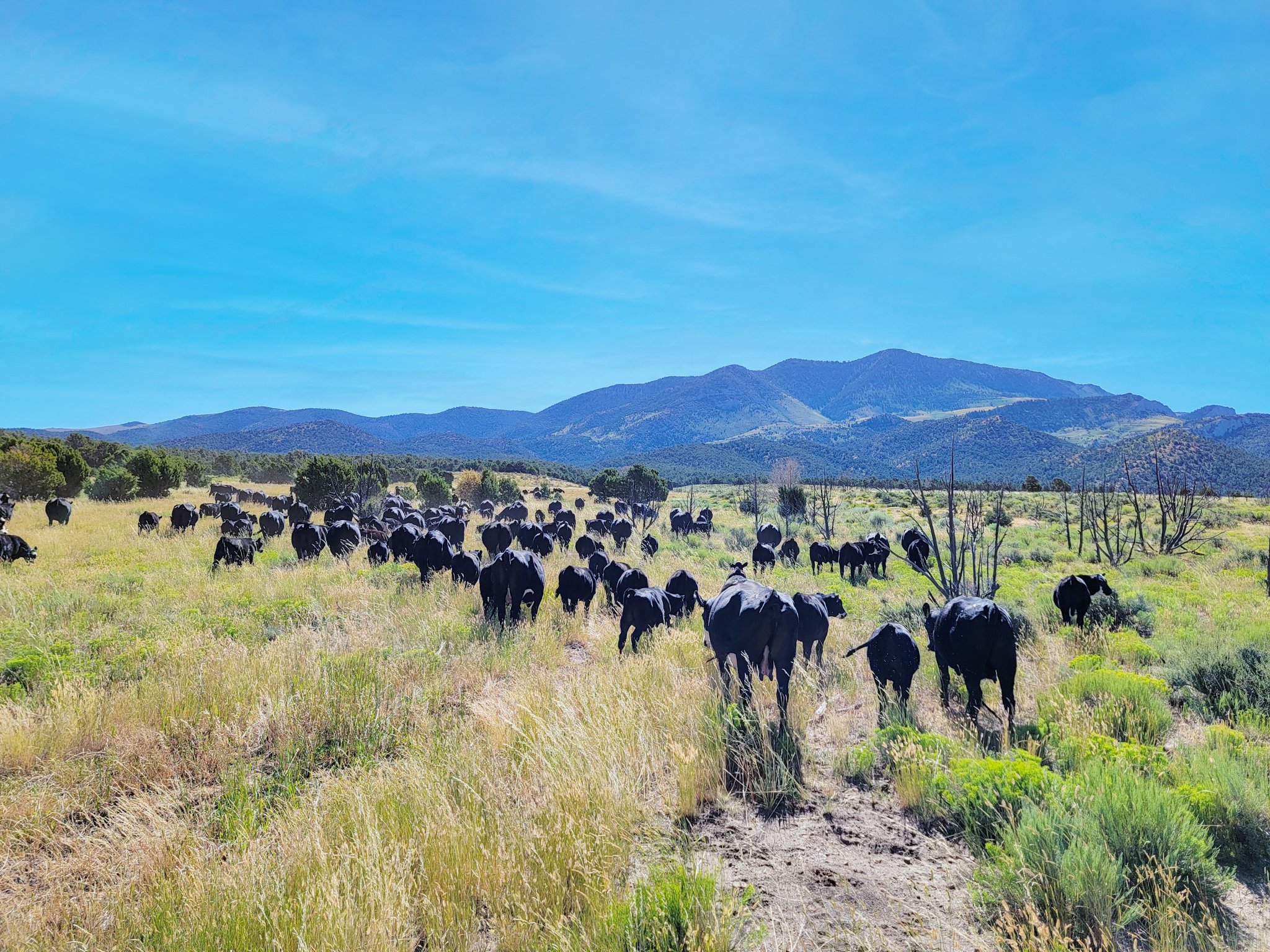
Videos




Through DNA testing, we’re able to rank cattle based on critical maternal and terminal traits, improving herd quality faster than ever before. Instead of selecting cattle just by eye, we use genetic insights to identify the most fertile, productive, and long-lasting cows for breeding. This process is transforming the way we build efficient, high-quality herds.

Weighing and processing nearly 500 steers before loading them onto seven semis. The cattle were sold in two groups— the heavier ones averaging 775 lbs and the lighter ones around 695 lbs. From estimating weight gains to making sure the cattle are uniform in size and quality, we also have to navigate trucking regulations, weight limits, and shrink loss during transport.

Branding cattle is like having a title for your truck; it’s the legal identification for cattle in Nevada. Some think cattle rustling is a thing of the past, but it still happens today. A calf can be worth up to $1,000, and unbranded calves are an easy target. By branding, we make sure they’re traceable, preventing theft and ensuring rightful ownership.

We’re expanding our feedlot to accommodate a growing herd. By adding more pens, we can keep cattle organized, sorted by size, and ensure better feeding conditions. Proper drainage and pen design are crucial for maintaining a dry, comfortable environment for the cattle, improving their health and efficiency.

Branding is not just about marking cattle; it’s a tradition deeply rooted in cowboy culture. It serves as a legal way to prove ownership and prevent theft. Branding events also bring ranchers together, helping to preserve the skills and values of the western way of life.

These Hereford bulls rank in the top 1% for key genetic traits, including weaning weight, yearling weight, and carcass quality. By selectively breeding them with Angus cows, ranchers aim to produce cattle with the best combination of efficiency, growth, and meat quality.

Annual hoof trimming keeps bulls healthy and mobile for breeding season. Using an angle grinder, we remove excess growth and check for infections. This prevents lameness, improves mobility, and ensures they can travel with the cows efficiently.

The Sitz Angus heifers have successfully calved, thanks to precise AI breeding. Keeping a narrow calving window ensures uniformity in age and weight, making herd management easier. Proper nutrition and careful monitoring keep both cows and calves healthy, especially in harsh weather conditions.

The corn silage harvest is complete, with 3,500 tons stored in the new silage pit. By fermenting the entire plant, we create a high-energy, easily digestible feed source for cattle, ensuring quality nutrition throughout the winter months.

We’ve introduced Sitz Angus heifers to our herd, selected for their superior genetics. With a focus on phenotype and genotype, these cattle bring consistency in growth, calving ease, and high meat quality. By tracking individual performance, we aim to improve our herd’s long-term productivity.

Cattle play an important role in the carbon cycle. They convert plants, which absorb carbon dioxide, into protein, making them an efficient part of the ecosystem. By raising cattle on pasture, we minimize transportation emissions and maintain a sustainable beef production system.

We're constructing a permanent silage pit to replace plastic storage bags. This new system will store up to 6,000 tons of silage, reducing waste and improving long-term efficiency. The design ensures tight packing for better preservation and minimizes labor and environmental impact.